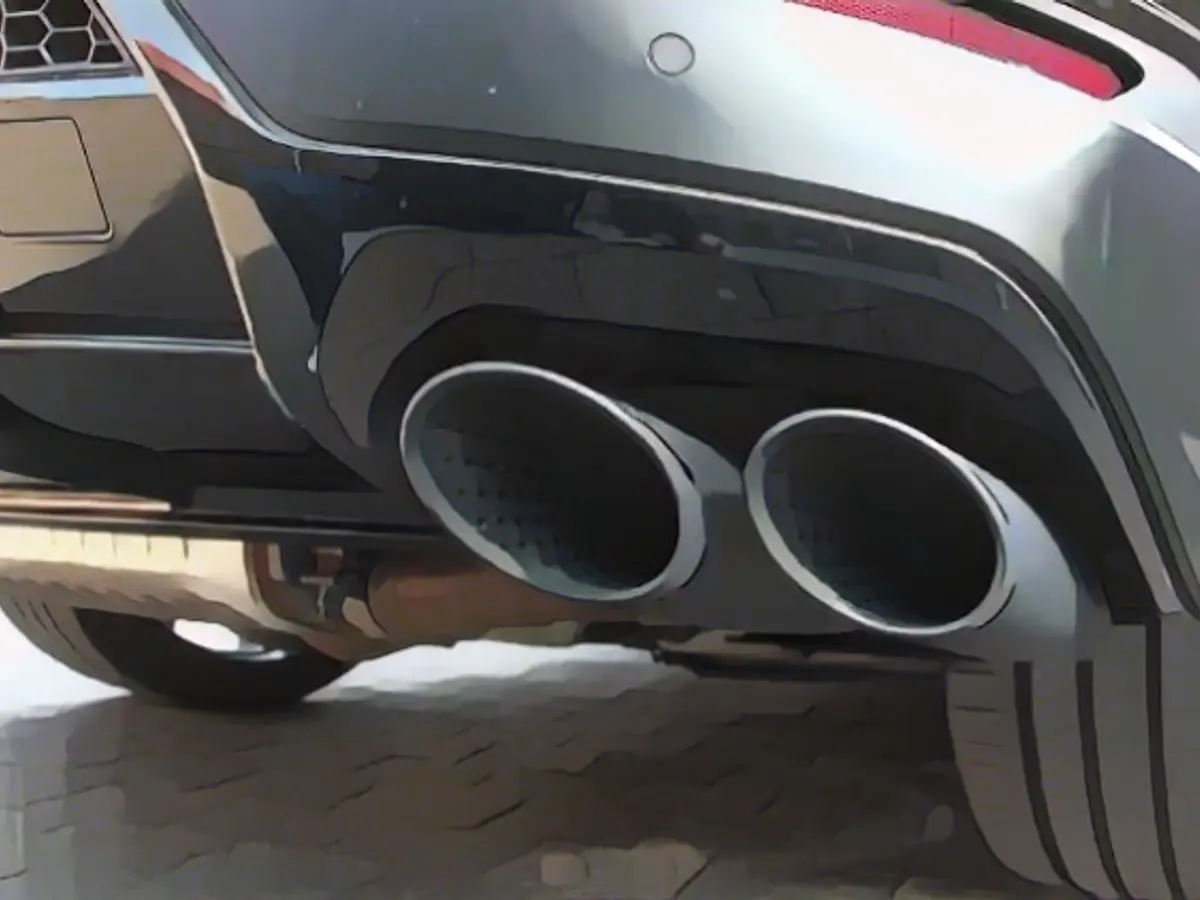EU agrees on new emissions standard for cars
Since the debates about diesel driving bans, almost every driver is familiar with the Euro emission standards negotiated at EU level. Now there is an agreement on the next generation with one goal: cars should produce fewer pollutants.
Cars, buses and other vehicles in the EU are to produce fewer pollutants that are harmful to the environment and health in future. Negotiators from the European Parliament and the EU member states agreed on the new Euro 7 emissions standard in Brussels, as announced by both sides. This means that limit values for brake and tire abrasion will be introduced for the first time.
The EU states and the European Parliament still have to formally approve the agreement. According to the Parliament, the rules will apply to cars and vans 30 months after their entry into force and to buses and trucks 48 months after this date. The new rules are intended to regulate pollutant emissions from vehicles such as cars, vans and trucks more strictly than before. Such pollutants include nitrogen oxides, for example.
What is new is that in future, harmful substances such as particulate matter, which can be caused by tire abrasion or braking, will also be regulated. This means that electric cars and hydrogen vehicles will also be affected by the rules. Until now, the Euro standards have focused on exhaust gases.
Under Euro 6, nitrogen oxides (NOx), carbon monoxide (CO), particulates, hydrocarbons and methane as well as ammonia were previously regulated for trucks and buses. According to studies by the European Environment Agency and the Joint Research Center, road traffic was responsible for 39% of harmful NOx emissions (nitrogen oxides) in 2018 - 47% in cities - and 11% of total PM10 emissions (particulate matter).
Read also:
The new Euro 7 emissions standard aims to regulate not only exhaust gases but also harmful substances like particulate matter from tire abrasion and braking, affecting both traditional and alternative fuel vehicles such as electric cars and hydrogen vehicles. Faced with rising environmental concerns, automotive manufacturers will need to adapt their designs and technologies to comply with these stricter emissions standards.
Source: www.ntv.de








